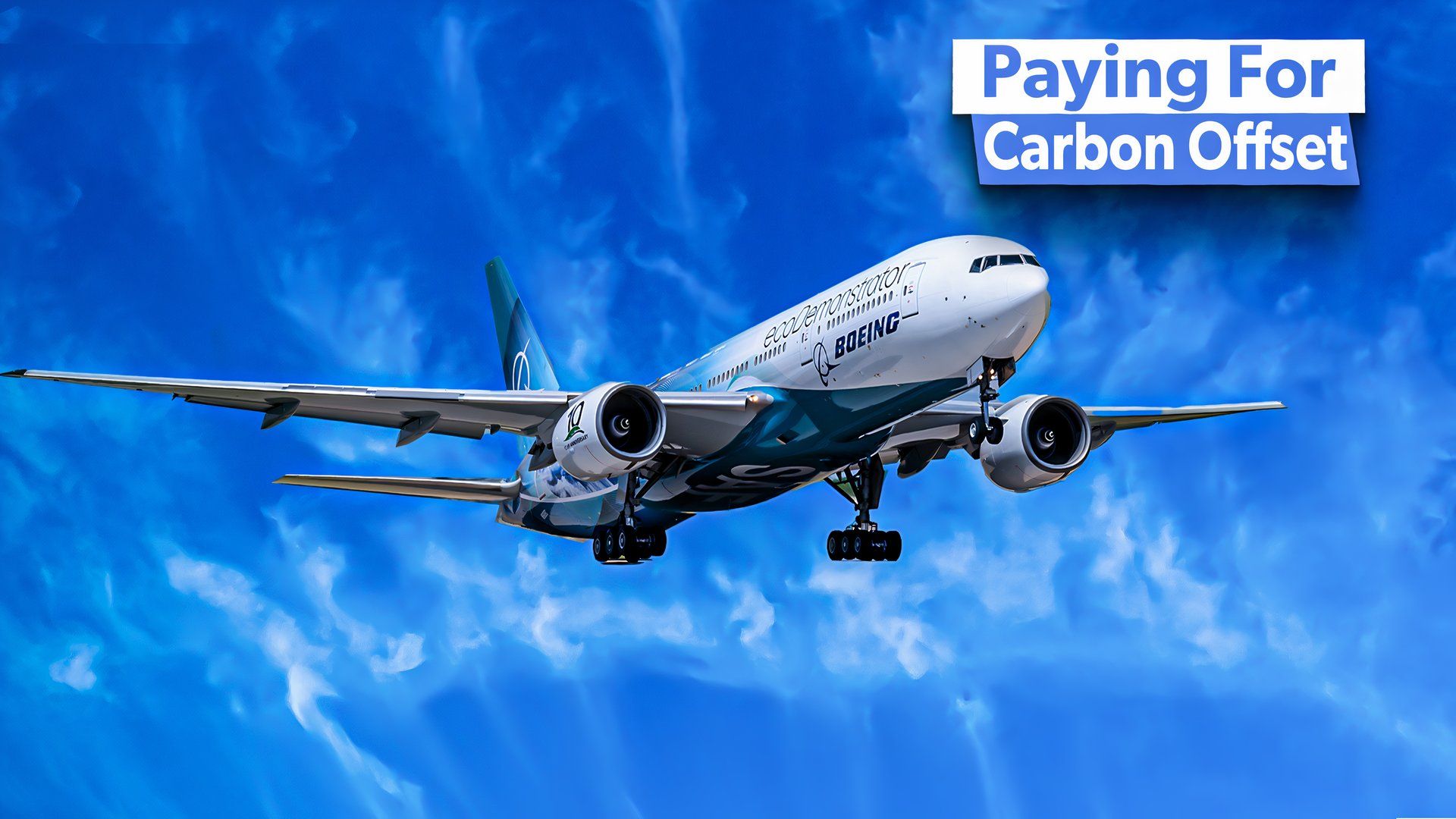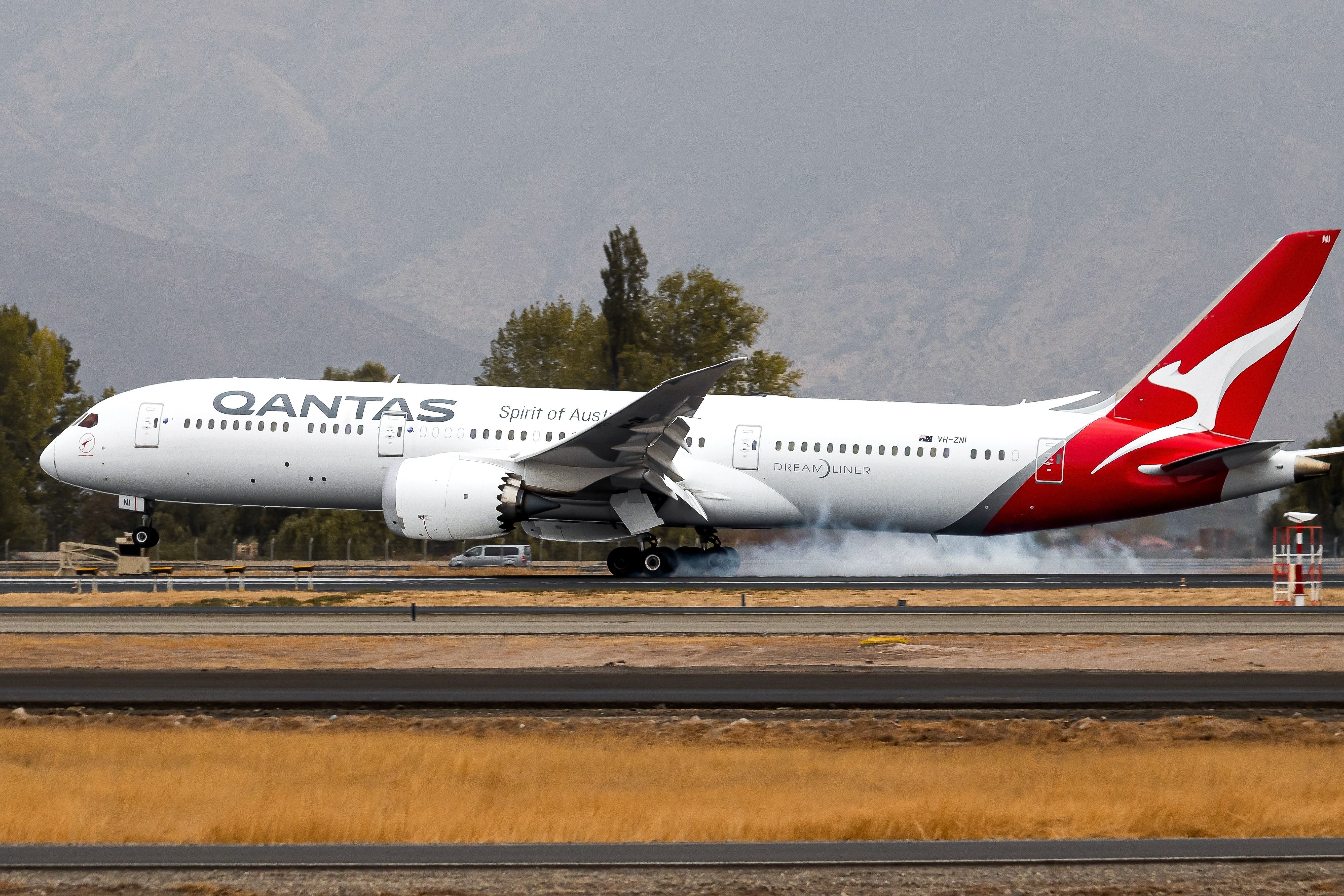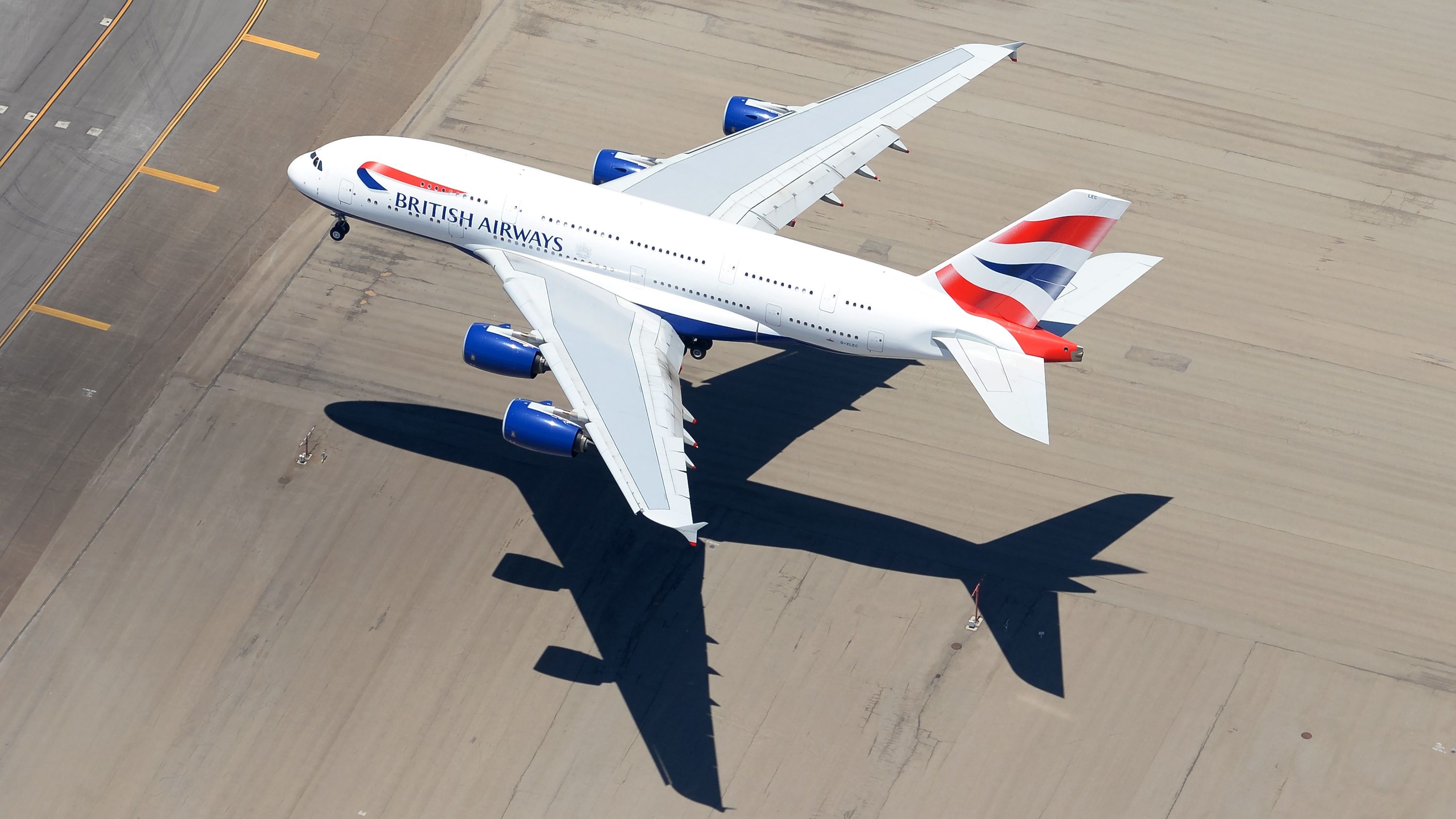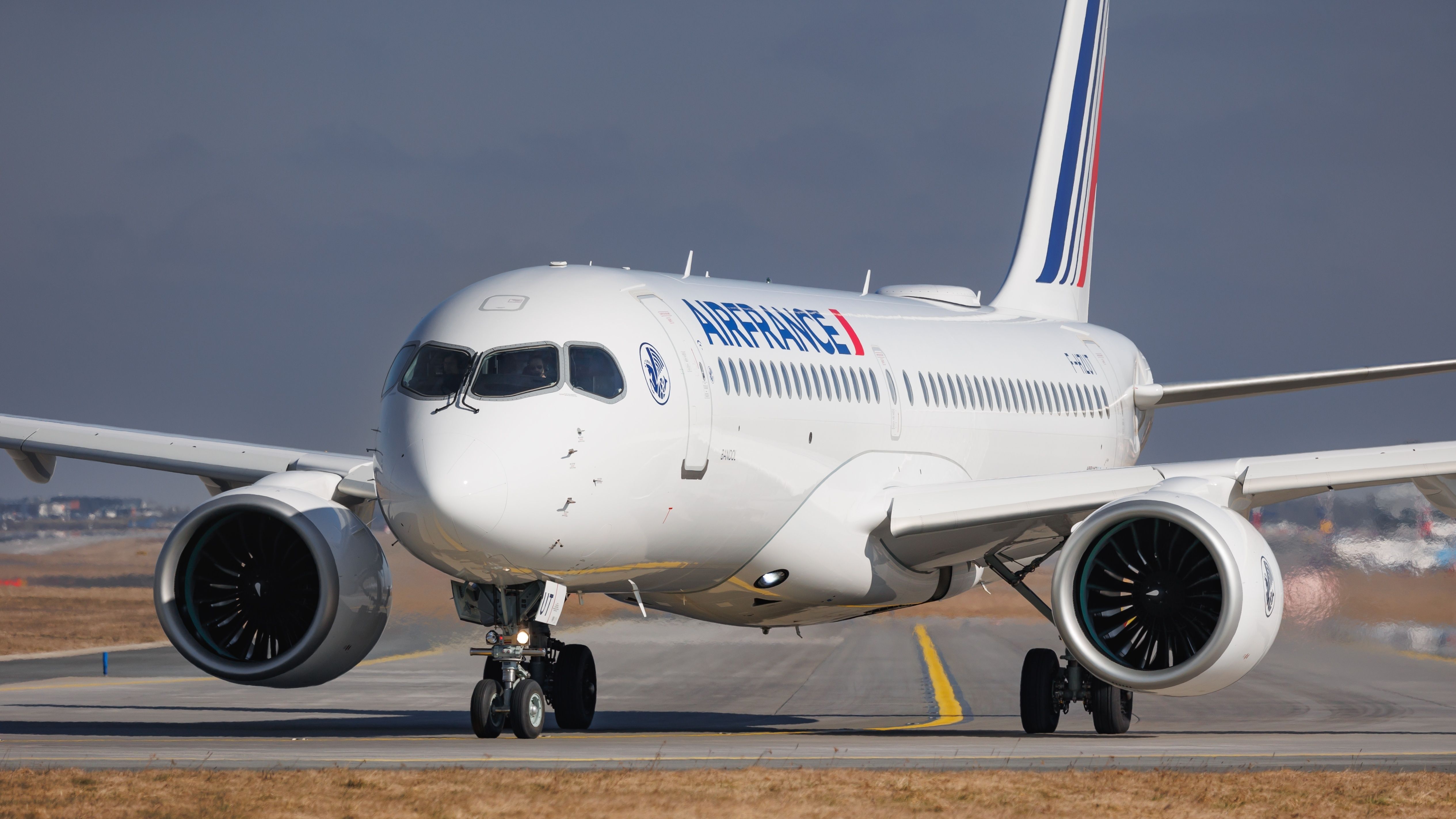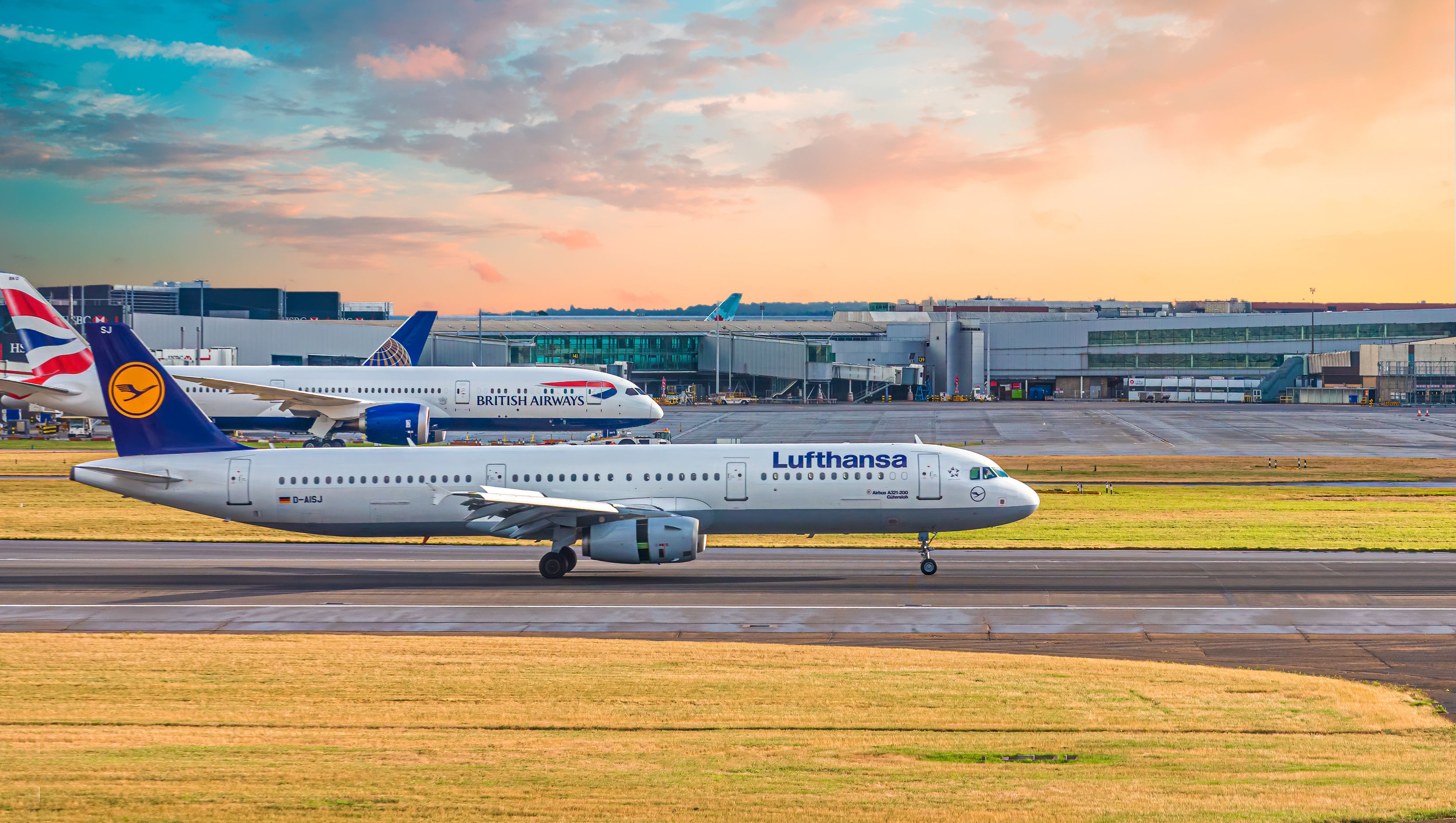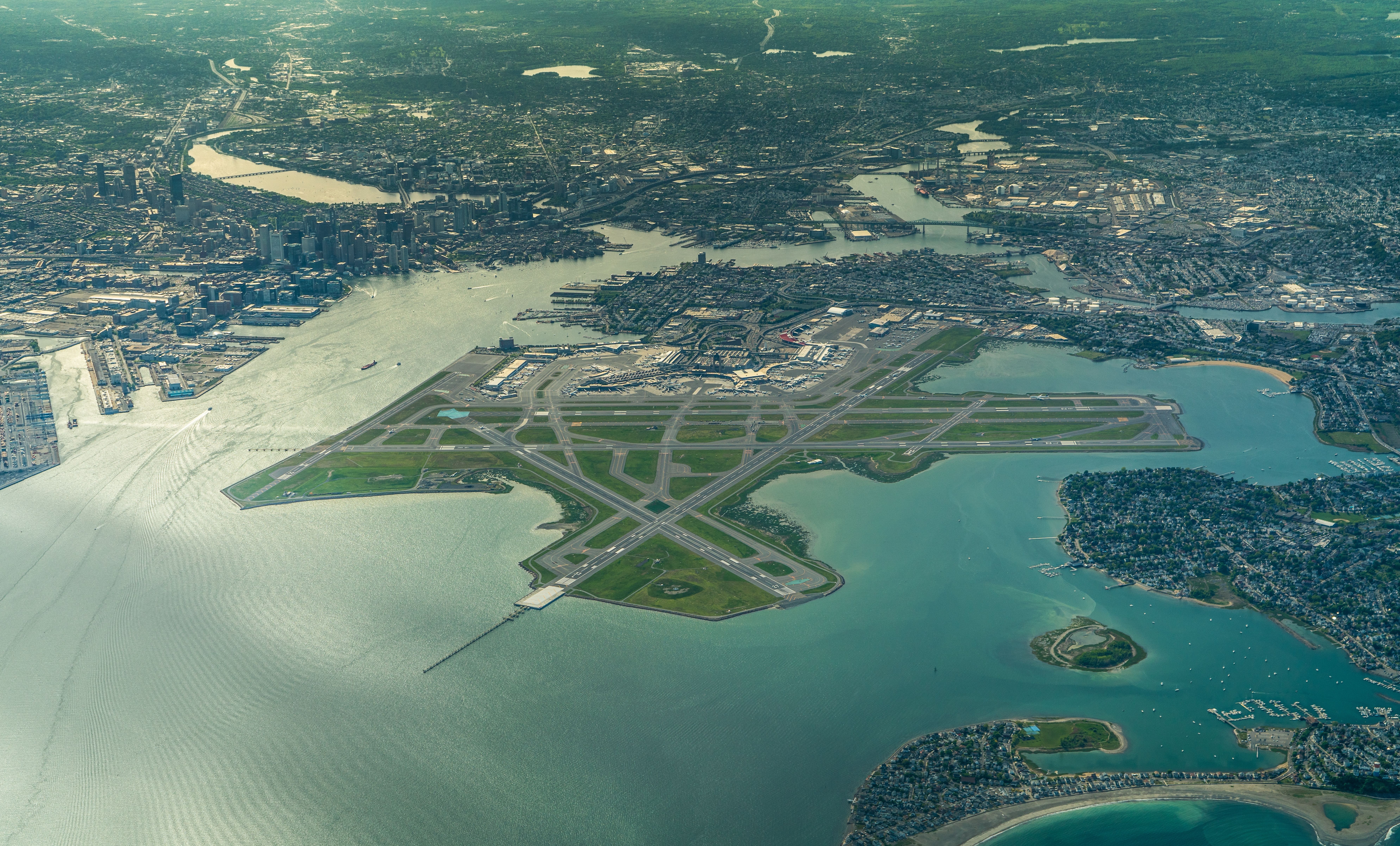Passenger interest in carbon offsetting
The SITA report reveals that around 50% of passengers know the carbon-offsetting options airlines provide. However, awareness does not always translate into action. Only about 15% of passengers have purchased carbon offsets for their flights. This discrepancy points to a significant gap between knowledge and behavior, which could be attributed to a lack of understanding about how offsetting works or the perceived efficacy of such measures.
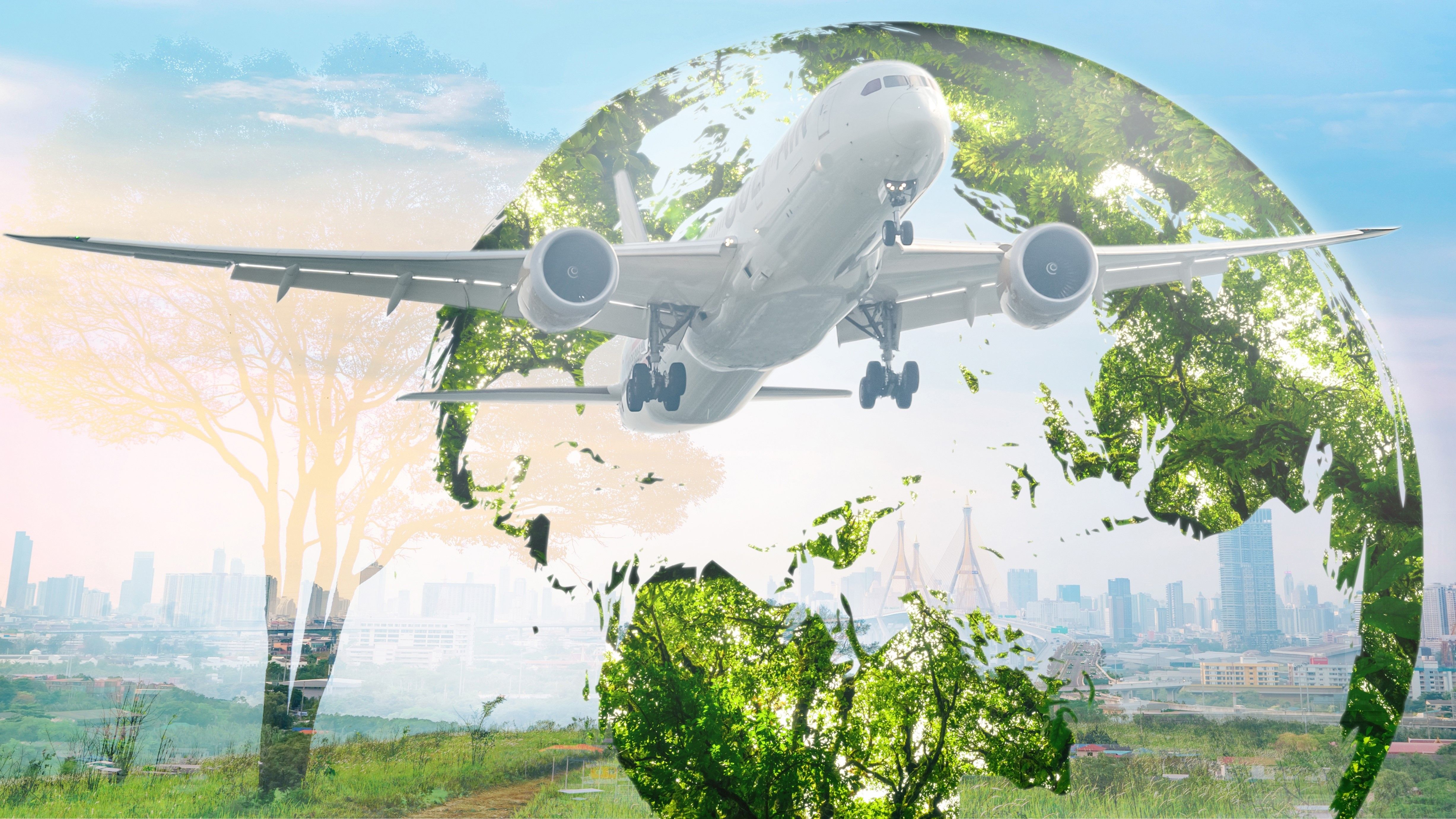
Related
Should Airlines Pass The Cost Of Carbon Offsetting Onto Passengers Or Pay For It Themselves?
In recent years, sustainability has become a hot topic in the world of commercial aviation. With ambitious net-zero targets in place across the industry, airlines are experimenting with various means of cutting their emissions. One strategy is the use of carbon offset schemes, with the cost of these sometimes passed onto the passenger as a small part of their ticket fees. While I am personally happy to cover this cost within reason, you might prefer it to be paid for by the airlines themselves. Let us know what you think!
Factors influencing participation
Several factors influence whether passengers decide to pay extra for carbon offsetting. The report indicates that younger passengers, mainly those aged 18-34, tend to opt for offsetting. This demographic tends to be more environmentally conscious and willing to bear additional costs for sustainable travel options.
In contrast, older passengers often prioritize convenience and cost over environmental considerations, suggesting a need for targeted communication strategies to increase participation across all age groups.
Photo: Joao Fachetti | Shutterstock
Here’s a list of some major airlines offering carbon offsetting programs:
- Delta Air Lines provides the option to offset emissions through its partnership with The Nature Conservancy.
- British Airways: Allows passengers to offset via their partnership with Pure Leapfrog.
- Lufthansa: Provides a “Compensated” offsetting platform, including sustainable fuel contributions.
- Qantas: Offers a “Fly Carbon Neutral” program that supports various environmental projects.
- Air France: Allows passengers to offset their flight emissions through projects certified by recognized standards.
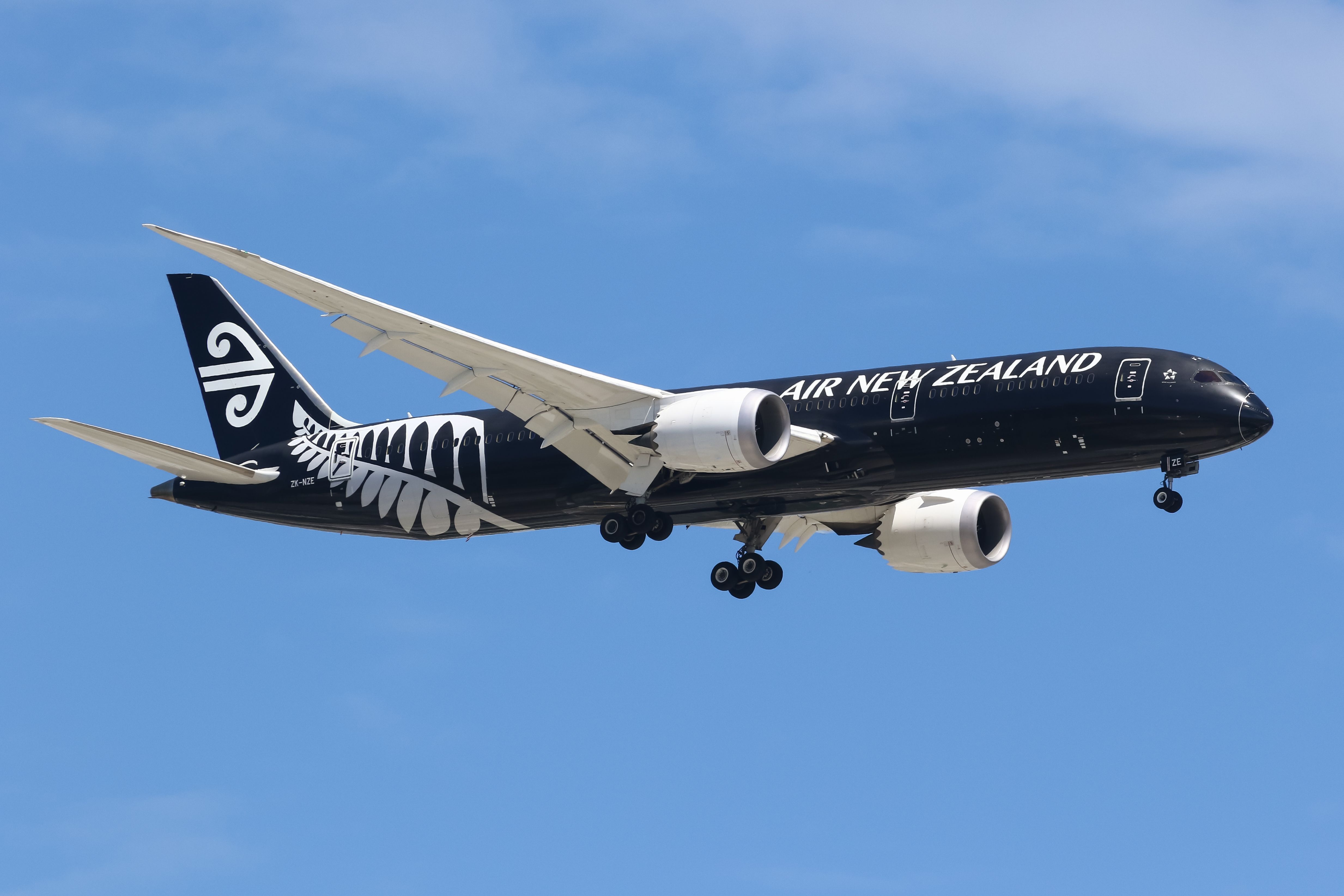
Related
Can Airlines Meet Climate Goals Without Carbon Offsetting?
Earlier this week, Air New Zealand dropped its climate targets, set just a couple of years ago, to reduce its emissions by 30% by 2030. Just as Air New Zealand pulled out of its climate targets – on the same day, in fact – the SBTi released a report assessing the relevance and effectiveness of carbon offsets in meeting CO2 goals. It found that the evidence it had reviewed “suggests that various types of carbon credits are ineffective” and “there could be clear risks to corporate use of carbon credits for the purpose of offsetting”.
How much are passengers willing to pay?
The willingness to pay for carbon offsetting varies significantly. According to the SITA report, passengers willing to offset their ticket price are prepared to pay between 1% and 5% of their ticket price.
For instance, a $500 ticket translates to an additional cost of $5 to $25. The wide range reflects the differing levels of commitment to sustainability among travelers. Furthermore, transparency about where the money goes and how it contributes to reducing emissions is crucial for encouraging higher contributions.
|
Airline |
Offset Cost Range (per passenger) |
Example Projects Supported |
|---|---|---|
|
Delta Air Lines |
$5 – $20 per flight |
Reforestation, wind energy projects |
|
British Airways |
£1 – £20 per flight |
Renewable energy, forest conservation |
|
Lufthansa |
€5 – €30 per flight |
Sustainable aviation fuel, tree planting |
|
Qantas |
A$1 – A$50 per flight |
Biodiversity, clean energy projects |
|
Air France |
€1 – €10 per flight |
Reforestation, renewable energy |
The role of technology in boosting offsetting
Technology can play a pivotal role in promoting carbon offsetting. The SITA report highlights the potential of personalized messages and real-time emission data to nudge passengers towards offsetting emissions.
Photo: kamilpetran | Shutterstock
For example, integrating offset options into the booking process with clear information about the environmental impact of their flight could lead to higher participation rates. Digital tools that simplify the offsetting process, like mobile apps or automated prompts, can also lower barriers and make offsetting a seamless part of the travel experience.
Barriers to adoption
Despite the potential, several barriers hinder the widespread adoption of carbon offsetting. A significant obstacle is the need for more trust in how airlines use offset contributions. Many passengers are skeptical about the transparency and effectiveness of these programs.
Additionally, the complexity of understanding carbon offset projects and their impact deters some travelers. To overcome these challenges, airlines must invest in clear, accessible information and third-party verification of their offset programs.
What airlines are doing to offset carbon
Airlines are increasingly adopting carbon offset programs as part of their sustainability strategies. These initiatives enable passengers to offset the carbon emissions from their flights by contributing to environmental projects such as reforestation, renewable energy, and community-based conservation efforts. According to IATA, many airlines integrate offset options directly into their booking systems, making it convenient for travelers to participate.
Photo: Darryl Brooks | Shutterstock
In addition, some airlines are investing in sustainable aviation fuels (SAFs), which can reduce emissions by up to 80% compared to conventional jet fuel. Partnerships with environmental organizations and transparent reporting on the impact of offset projects are crucial strategies for building trust and increasing passenger participation.
These efforts are part of a broader industry commitment to achieving net-zero carbon emissions by 2050, as outlined in the Air Transport Action Group’s “Waypoint 2050” initiative. Despite these efforts, the success of carbon offset programs depends on greater passenger participation and the continuous development of more effective offset strategies.
Future outlook
The SITA report suggests that increasing the uptake of carbon offsetting will require a multi-faceted approach. Airlines need to build trust through transparency and demonstrate offset projects’ tangible benefits.
Education campaigns could address the knowledge gap, making it easier for passengers to understand the value of offsetting. Additionally, partnerships with reputable environmental organizations could enhance credibility and encourage more passengers to contribute.
Photo: Mario Hagen | Shutterstock
In conclusion, while the current uptake of carbon offsetting among airline passengers is modest, there is significant potential for growth. Airlines can increase participation rates by leveraging technology, targeting communications, ensuring transparency, and contributing to more sustainable air travel.
For passengers, this means not just the choice of a destination but also the choice to impact the planet positively.

